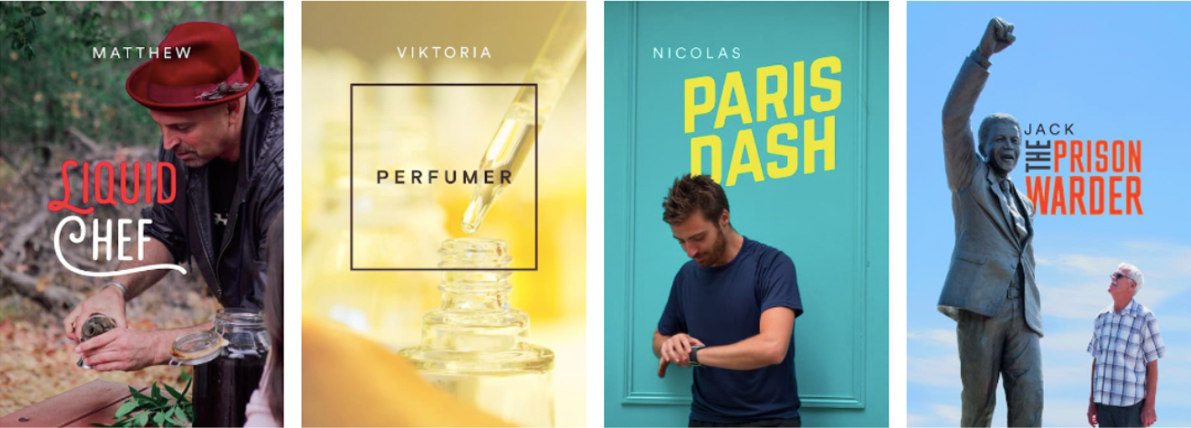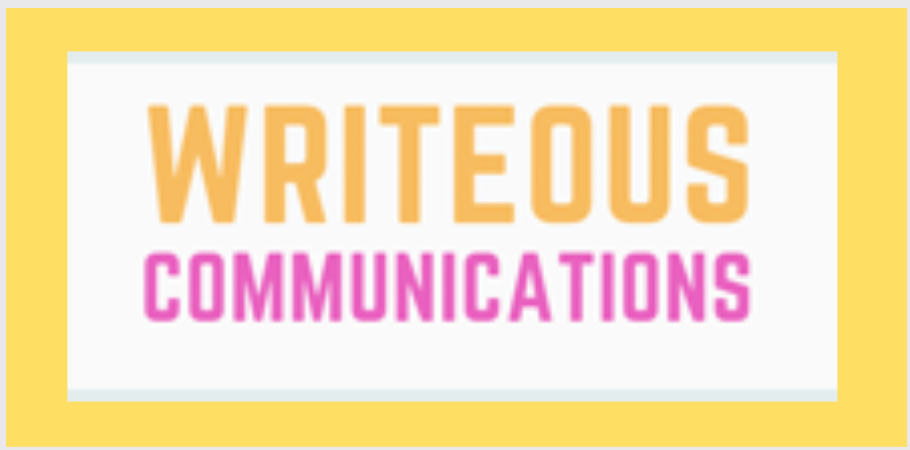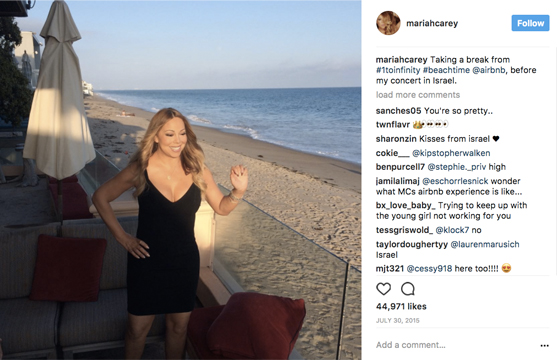
As entrenched as this niche online marketplace has become within the hospitality industry, it’s hard to believe that Airbnb is only 10 years old.
Dismissed as a potential flash in the pan when Airbedandbreakfast.com first launched in 2008, today’s Airbnb now boasts over 150 million users, more listings than the top five hotel brands combined, and, was valued at 31 Billion US dollars in May, 2017. So how did Brian Chesky, Joe Gebbia and Nathan Blecharczyk convert their modest bed and breakfast business, (which provided three air mattresses on their living room floor, and homemade breakfasts, to guests who couldn’t find accommodations in San Francisco), into a crowdsourced empire? The answer lies in their strategizing.
Part of the beauty of this brand’s trajectory is its user acquisition strategy; the other beauty part is its marketing.
Airbnb has two defined target markets: People who want to rent their houses out; and, people who want to rent houses while traveling. If you think about that idea without any additional context, it sounds kind of gross. But toss in a marketing strategy that eclipses the ick factor associated with sleeping in some stranger’s bed by positioning furnished accommodation rentals as cool, once in a lifetime experiences, and people’s thoughts flip from health and hygiene concerns to “look at the amazing view, is that a toucan?!”
Airbnb’s marketing efforts support an immersive and adventurous “live there” concept that demonstrates the benefits of connecting with cultures and with people vs. the glitzing up of standard issue guestroom numbers and artificial resort-style vacationing: a “show, don’t tell” approach at its finest. These efforts are further buttressed by Airbnb’s social media activities, the ruler of which is their Instagram strategy.
By encouraging user-generated content, primarily from millennials, Airbnb taps into the zen of the cool, nomadic, 20 – 35-year-old traveller and their love of showing off their nomadic coolness on Instagram. “Doing yoga by my beachfront bungalow in Varadero while looking amazing against this gorgeous sunrise #airbnb, #nofilter.” There are currently 1.8 million photos on Instagram using the Airbnb hashtag, giving the brand the opportunity to pick up and repurpose the most compelling photos for their own marketing initiatives – talk about economies of scale.
Airbnb also encourages travellers to post their stories to their Instagram with this profile statement:
Airbnb opens the door to interesting homes and experiences, even if it’s just for a night. Share your stories with @Airbnb . Book from our feed:abnb.co/instagram.
…and people go nuts posting some of the most incredible travel experiences imaginable. After viewing this collection of Travel Stories, I’d forego Kyoto’s Ritz-Carlton for Shungo’s Airbnb in Zanagawa any day.
While their user-generated content conveys a sense of affordable, off-the-beaten-path adventuring to the average wage-earner, Airbnb’s breakthrough Influencer program helped position the brand as an agent of affordable luxury.
What began as a simple Malibu mansion booking by none other than Mariah Carey in 2015 has since developed into a marketing strategy that catapulted Airbnb’s reach to nearly 1 billion Instagram users within the two years that followed. Kudos to a crack shot marketing team for reaching out to Carey’s management team and forging the first of many sponsored influencer collaborations to come. Mariah Carey’s post, which tagged Airbnb in both the image and the caption, features the iconic pop star enjoying a panoramic view of the ocean from the comforts of her well-appointed, beachside balcony. It’s nowhere near as stylized as the photos we’ve come to expect from today’s influencer segment, but it raked in 45,000 likes just the same.
Full marks for Airbnb’s marketing strategy, and their genius approach to Instagram, too. With 3 million followers and more than 1 million mentions on that one platform alone, they seem to be doing all right.


